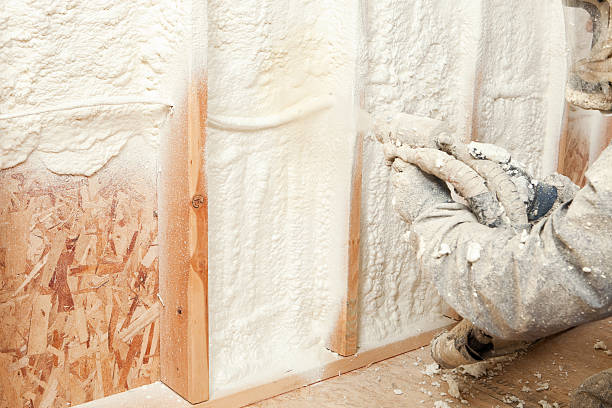A leaky roof can lead to significant damage, affecting both the interior and structural integrity of your home. Promptly addressing and sealing a leaky roof is crucial to prevent further water intrusion and potential costly repairs. Here’s a comprehensive guide on how to effectively seal a leaky roof and protect your home from water damage.
1. Identify the Source of the Leak: Before attempting to seal a leaky roof, locate the source of the leak. Inspect your attic for water stains, mold, or signs of water infiltration. Trace the leak to its origin, examining the roof surface, flashing, vents, and around chimneys for potential entry points.
2. Gather Necessary Materials: Equip yourself with the necessary materials for roof sealing. This may include roofing cement, roofing tar, sealant, roofing nails, a putty knife, and, if necessary, replacement shingles or flashing.
3. Clear Debris from the Roof: Remove any debris, leaves, or branches from the roof surface. Debris can trap moisture and contribute to the deterioration of roofing materials, potentially exacerbating leaks.
4. Patch Small Holes and Cracks: For smaller holes or cracks in the roofing material, use roofing cement or sealant to create a watertight seal. Apply the sealant generously over the affected area, using a putty knife for a smooth and even application.
5. Replace Damaged Shingles: If the leak is caused by damaged or missing shingles, replace them promptly. Lift the edges of the surrounding shingles and remove or secure the damaged ones. Slide new shingles into place, ensuring a snug fit, and secure them with roofing nails.
6. Inspect and Repair Flashing: Flashing around chimneys, vents, and skylights is a common source of roof leaks. Inspect the flashing for damage or deterioration. Repair or replace flashing as needed, using roofing cement or tar to create a secure seal around the edges.
7. Use Roofing Tar for Larger Areas: Roofing tar is effective for sealing larger areas or extensive damage. Apply roofing tar using a putty knife, ensuring complete coverage over the damaged section. This creates a durable and waterproof seal.
8. Consider Roof Sealant: Roof sealant is a flexible and weather-resistant option for sealing leaks. It can be applied with a caulk gun, providing a durable and elastic seal. Follow the manufacturer’s instructions for proper application and drying time.
9. Check Vent Pipe Seals: Inspect the seals around vent pipes for signs of wear or damage. Use roofing cement or sealant to reinforce or replace the seals, ensuring a tight and secure connection to the roof.
10. Schedule Professional Inspection: While DIY repairs can address immediate issues, it’s advisable to schedule a professional roof inspection. A roofing professional can identify underlying issues, assess the overall condition of the roof, and provide long-term solutions to prevent future leaks.
11. Maintain Regular Roof Maintenance: To prevent future leaks, maintain regular roof inspections and maintenance. Trim overhanging tree branches, clean gutters, and address any signs of wear promptly to extend the lifespan of your roof and minimize the risk of leaks.
In conclusion, sealing a leaky roof requires a systematic approach, from identifying the source of the leak to using the appropriate materials for repairs. Timely action and proper maintenance contribute to the longevity of your roof and protect your home from the damaging effects of water infiltration. If in doubt or dealing with extensive damage, consulting with a professional roofing contractor is always a prudent choice to ensure comprehensive and lasting solutions.
